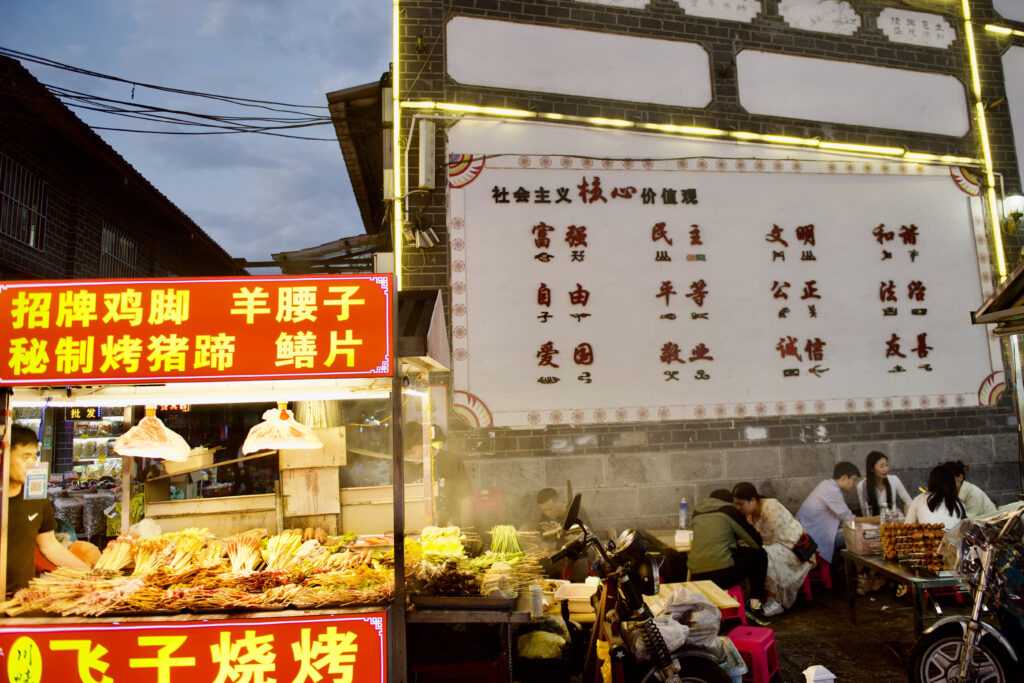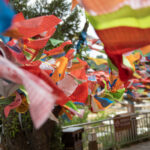June 7, 2023
Stories from China (Part 24)
By Simon J. Lau

On my last day in Lijiang, I visited Baisha Village, the original settlement of the Naxi people in the region. Long before Lijiang Old Town became the hub it is today, Baisha served as the political, social, and cultural center for the Naxi kingdom.

While exploring the village, I came across numerous motorcycles, especially retro and retro-inspired models. My favorite was a little red bike that looked like a Honda C90 knockoff, the kind of machine that seemed made for winding village roads and quiet backcountry trails.
I also struck up a conversation with a motorcyclist from Sichuan province who was touring southern China and had recently passed through Guangzhou. Watching him on his touring bike made me wish I could do the same. Specifically, riding across China and visiting small and medium-sized cities and villages while photographing and writing about the people who live there. It’s a journey I hope to tackle someday.

Later, I visited a cafe decorated to look like a retro Chinese home, with old TVs, vintage apparel, and furniture straight out of the 70s and 80s. Earlier in the trip, I had visited a mid-century modern British-themed cafe, so it seems these nostalgic, era-inspired spaces are quite popular in China

Finally, I thought it would be interesting to share an example of the Naxi people’s written language. While most groups of people have a spoken language, only a small proportion also developed a written form. For example, the Bai people from Dali never had a written language, whereas the Naxi people did. Having a written language allows for richer documentation, both historically and today.
In this case, the Chinese Communist Party’s 12 core socialist values were translated into the Naxi language. A local Naxi individual told me that students here still learn the language in school, both spoken and written forms. However, there is no software available to type Naxi characters in a text message or email, so it remains a handwritten language. With most modern communication now happening electronically, this limitation means the Naxi script rarely appears in daily life outside of classrooms or cultural displays, further reducing its visibility.




Comments are closed.